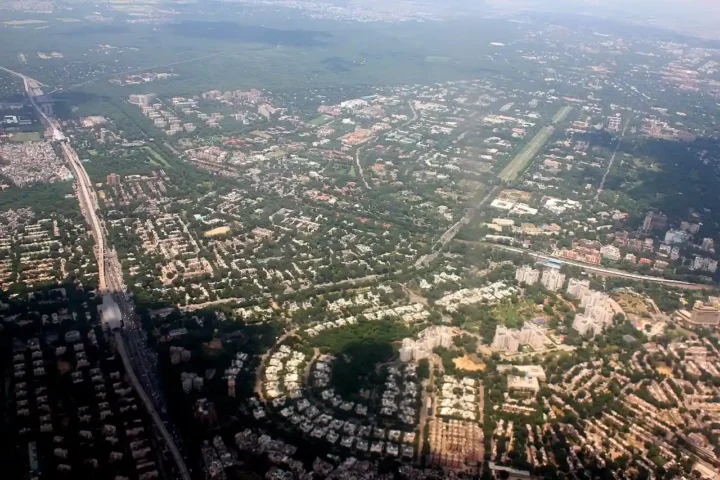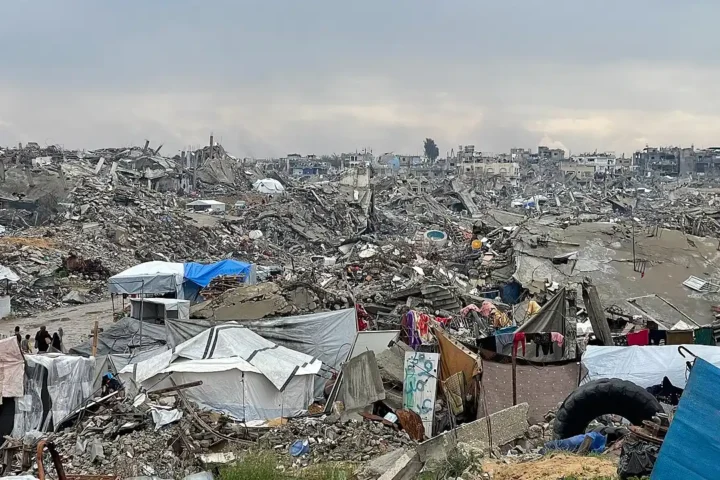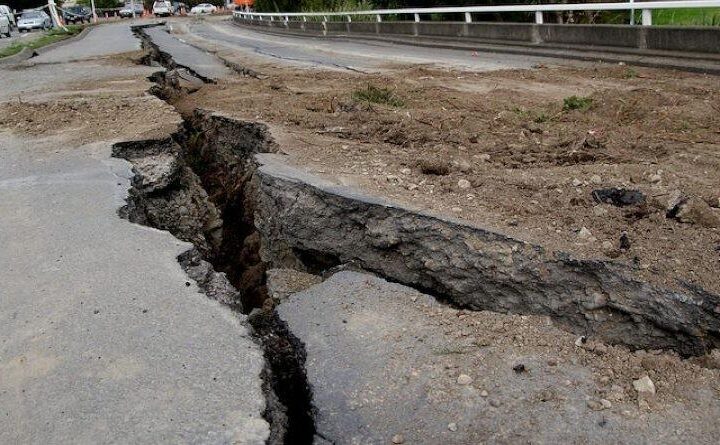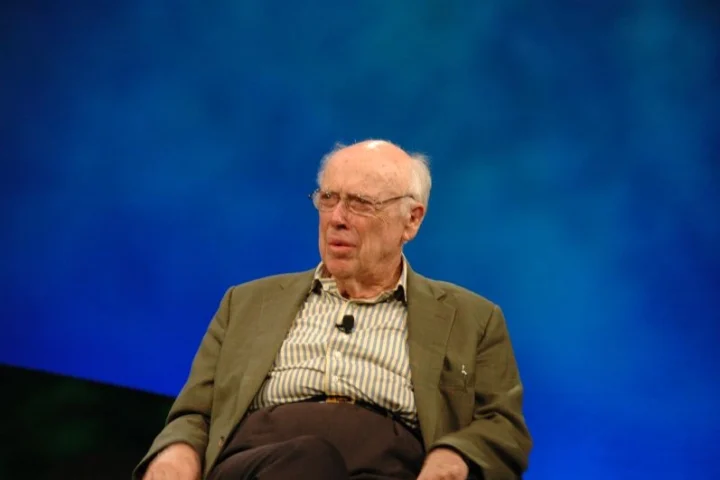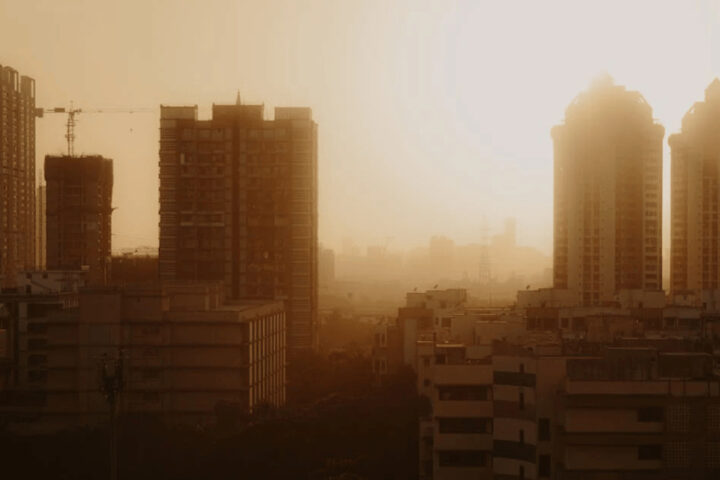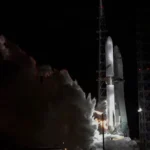An impact of a meteorite on the moon has been captured by Dachi Fuji, a Japanese astronomer & curator of the Hiratsuka City Museum. A state-of-the-art space telescope that Fuji used to record the meteorite impact is housed on the Plaza of Stars on the third floor of the Hiratsuka City Museum.
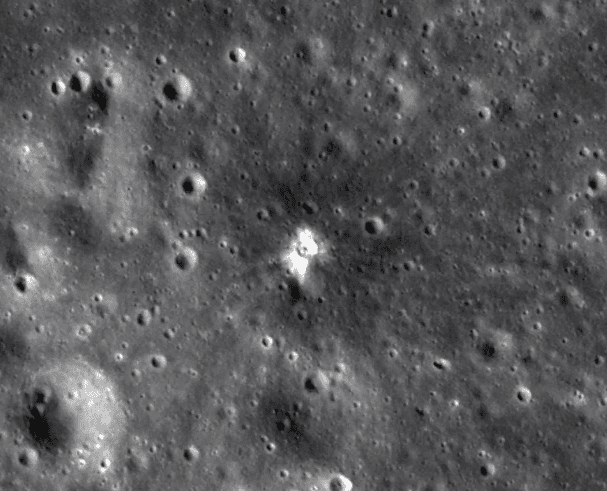
The time of recording the meteorite impact was 20:14:30.8 Japan Standard Time, on February 23,2023,& the resulting images show a bright flash of visible light. One can see moon impacts from earth if they are large enough & occur in an area during lunar nighttime facing earth. It’a believed that the meteorite hit near the Idler L crater, slightly northwest of the Pitiscus crater.
The flash of the impact was the biggest in Fuji’s observation history & continued to shine for more than 1 second. In Fuji ‘s estimate, the newly created crater could be around a dozen meters (39 feet ) in diameter.
Whether NASA’s Lunar Reconnaissance Orbiter or India’s Chandrayaan 2 lunar probe will eventually get images of the crater, is not clear.
It was on February 25 that the video of the meteorite impact could be shared & has since been viewed over 2.5 million times. Cameras were used by Fuji to set up to monitor Lunar events to record the meteorite in real time.
Intense heat & craters are produced by the high-velocity collisions of meteorites, & a dazzling visible light is also released. Fuji’s video was praised by the social media users, calling it a wonderful & unique capture & thanking him for his meticulous & dedicated work.





